It’s early July, which means it’s time to assess the American experience and what - if anything - makes this country different. It’s no different when it comes to golf. For a country that adopted a game that was developed elsewhere (in Great Britain & Ireland), the U.S. has certainly become a leader in developing some distinct expressions of golf.
At the risk of oversimplification, here are ten examples of design innovations that have defined the American golf landscape. Most of these are available to public play. The others are variously available to those willing to make inquiries about walking them, which is another good way to study architecture (rather than ruing their being private).
National Golf Links of America, Southampton, N.Y, 1911
With this museum-piece of a collection of his version of ideal British and European golf holes, Charles Blair Macdonald made a propaganda-like statement about the new craft of golf course architecture. This emergent art was to infuse sport and landscape design with the most outrageous aspects of temperament – and who better to do that than this singularly bombastic visionary of the game? Small wonder that his versions of Sahara, Alps, Redan, Road Hole have been drawing students of the art for over a century now. Hint: there’s nothing natural about the place; it’s all wondrously contrived.
Pinehurst (N.C.) Resort - Course No. 2, 1901-1935
The most famous of Donald Ross’ +/-400 courses evolved slowly over decades, not getting grass on its greens until just before the 1936 PGA Championship, which is also when it assumed its current routing. The putting surfaces are more pronounced turtle backs today than they were in Ross’ heyday, but the principle remains of intriguing surfaces, wide fairways, and lots of low-mow roll offs that drain well (and play properly because they sit on an ideal base of sand.
Pacific Grove (Calif.) Golf Links, 1932/1960
Who says muni golf is a dump? Here’s one of the first great publicly-run courses in the country, with a tree-lined front nine by H. Chandler Egan (1932) and a stunning, linksy back nine by Jack Neville (1960), who just happened to have been the co-designer of nearby Pebble Beach Golf Links.
It’s hard to imagine it watching on TV these days but the original design here by Alistair MacKenzie and Robert Tyre "Bobby" Jones was a brilliant adaptation of St. Andrews ground-game principles on a rolling, parkland site. Despite too much tree growth those elements remain, chiefly by virtue of wide fairways and marvelously sculpted greens that magnify a basic principle of "miss it by a little and you’ve missed it by a lot."
Bethpage State Park, Farmingdale, N.Y., 1935
Initially a four-course public park, it’s now five, with the gem being the A.W. Tillinghast-designed Black Course. Yet the Red Course would be highly regarded if it were anywhere else, and the others are both a value and joy. In the midst of the Depression, Met-area visionary of highways, bridges and tunnels Robert Moses did something for the public interest in creating this place. It’s worth the legendary wait to get a tee time.
The Dunes Golf & Beach Club, North Myrtle Beach, S.C., 1949
Before he made himself into a marketing cliché, Robert Trent Jones Sr. was actually a very talented designer. That’s nowhere more evident than with his routing and shaping of The Dunes Beach & Golf Club, a paradigm of modern power golf done back when Myrtle Beach was unknown as a golf destination. It’s not just the boldness of these doglegs or the determination to make golfers hit aerial shots into raised, well protected greens. One hole expresses this vision as well as any that Jones built: the massive, right-hand dogleg par-5 13th hole called "Waterloo," with heroic crossings required all of the way.
Harbour Town Golf Links, Hilton Head island, S.C., 1970
When everyone else was building big, an early retiree from insurance sales from Indianapolis figured out to do everything small. Pete Dye’s vision culminated in this anti-modern layout on Calibogue Sound that continues to thrill despite considerable overgrowth of oak trees upon hole corridors. Harbour Town also launched the design career of one Jack Nicklaus.

Shadow Creek is the golfing embodiment of Las Vegas. (© 2014 Brian Oar – All Rights Reserved)
Shadow Creek, North Las Vegas, Nev., 1990
Tom Fazio showed what you can do back when $38 million was real money - he created something out of nothing. It helped having casino magnate Steve Wynn encouraging him to build an oasis of golf in a town that was already an oasis of its own. Fazio responded in a career-changing way that offended classical sensibility and showed anything‘s possible with enough capital. Apparently, the natural site doesn’t matter. You can build a mountain, forest, a waterfall and a Shangri-La anymore and call it a golf course. Welcome to Las Vegas.
Bandon Dunes Golf Links, Bandon, Ore., 1999
A decade later we found out that the site is everything. Or at least it is when you have sandy bluffs overlooking the Pacific Ocean and a location so remote that getting there isn’t a nuisance, but part of the intrigue of the place. Owner/developer Mike Keiser started modestly, focusing on the simple interest of "retail golfer" to have fun, find his or her golf ball and hit it again. Wind and ground roll would take care of the rest.
Tobacco Road Golf Club, Sanford, N.C., 1999
Architect Mike Strantz died way too young (in 2005, at the age of 50), but of the eight major solo designs he did (or redid) it’s Tobacco Road that best showcases his stunning vision. Trained as a graphic artist and painter, he was on the maintenance crew as a grunt at Inverness Club when Tom Fazio made him an apprentice. A decade later Strantz was on his own, having cultivated a level of verve and angularity unseen in the design trade. Accomplished golfers proved especially susceptible to his teasing lines, nowhere with more industry buzz than at this abandoned sand mine/tobacco curing facility on the north edge of the Carolina Sandhills.








 Back
Back




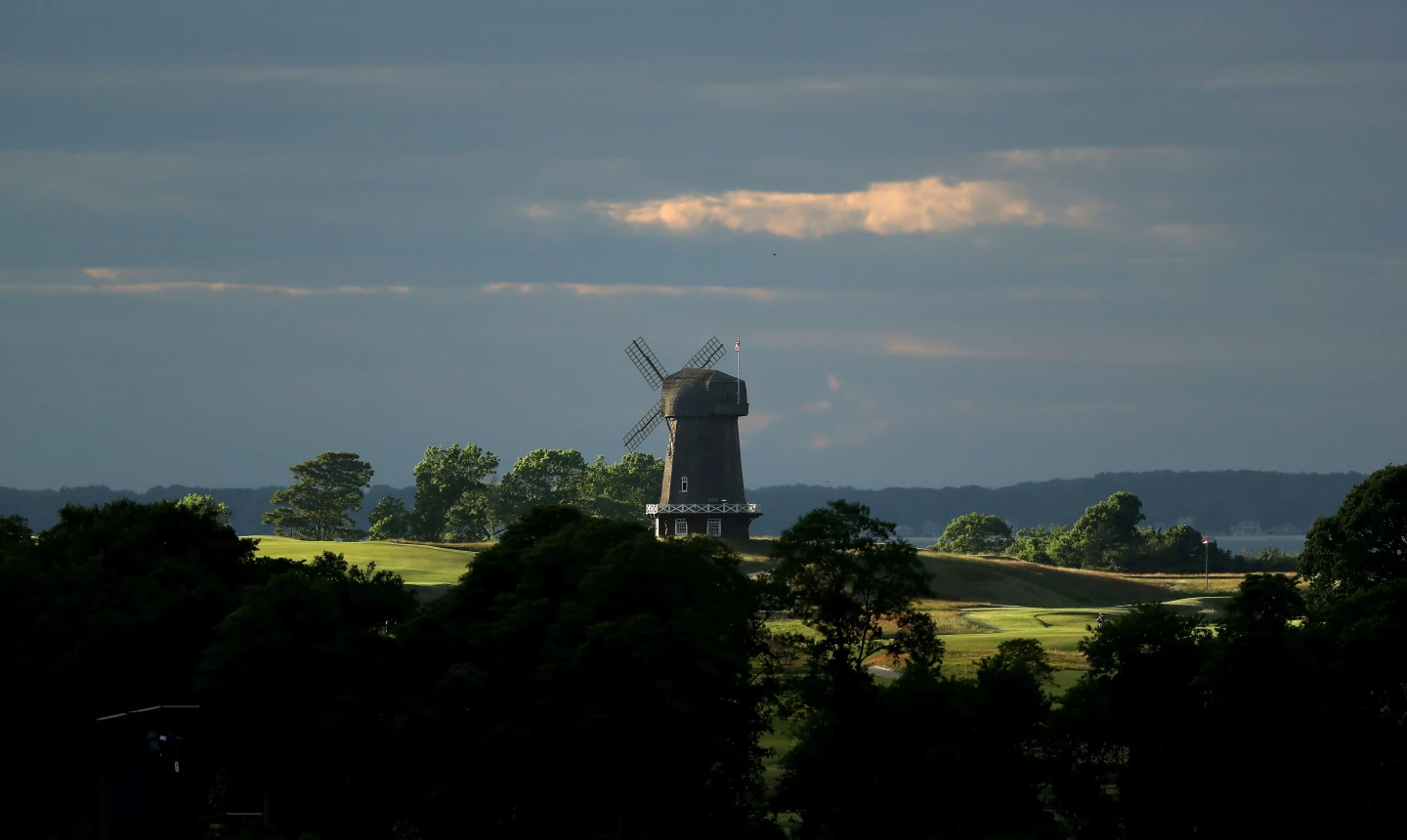
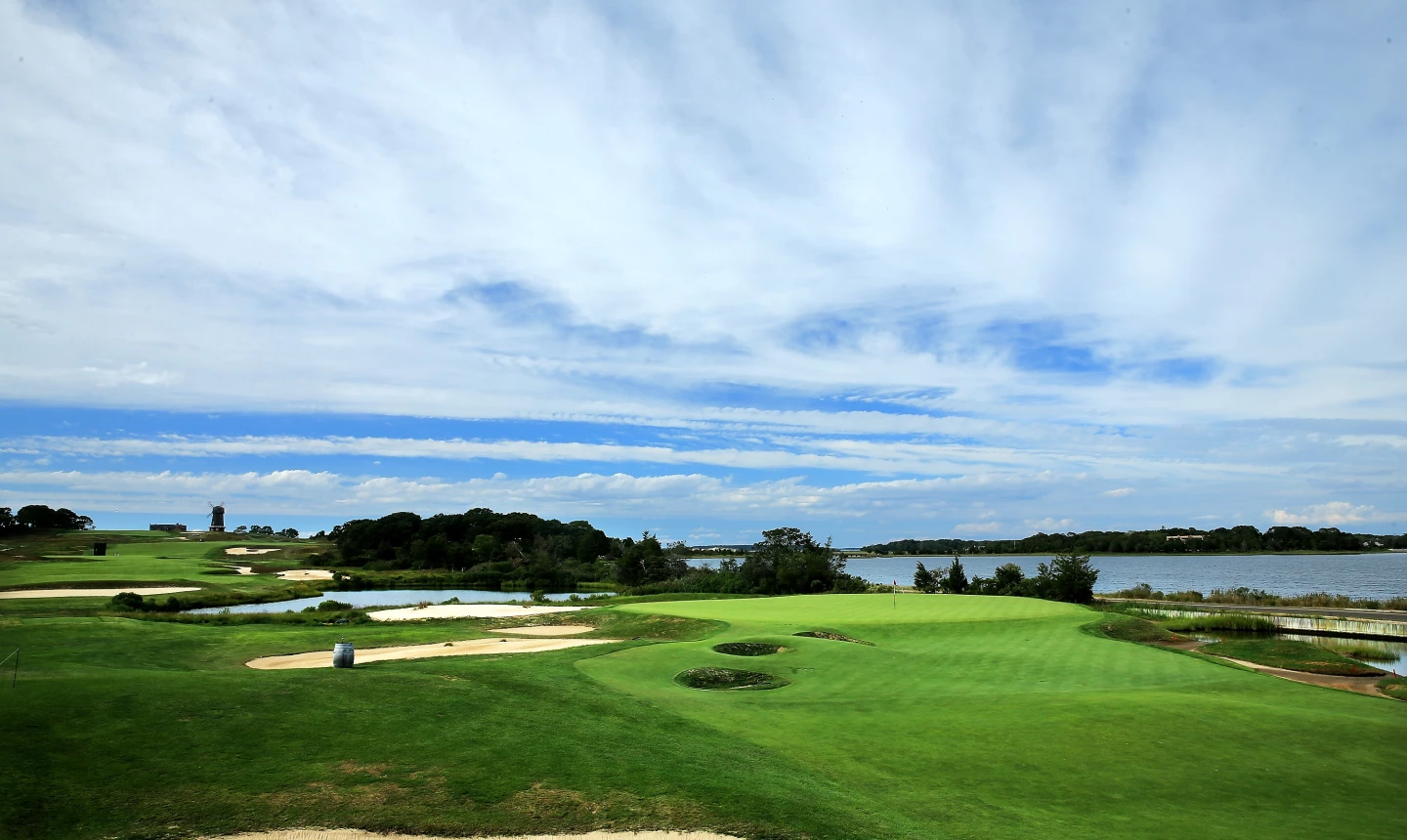



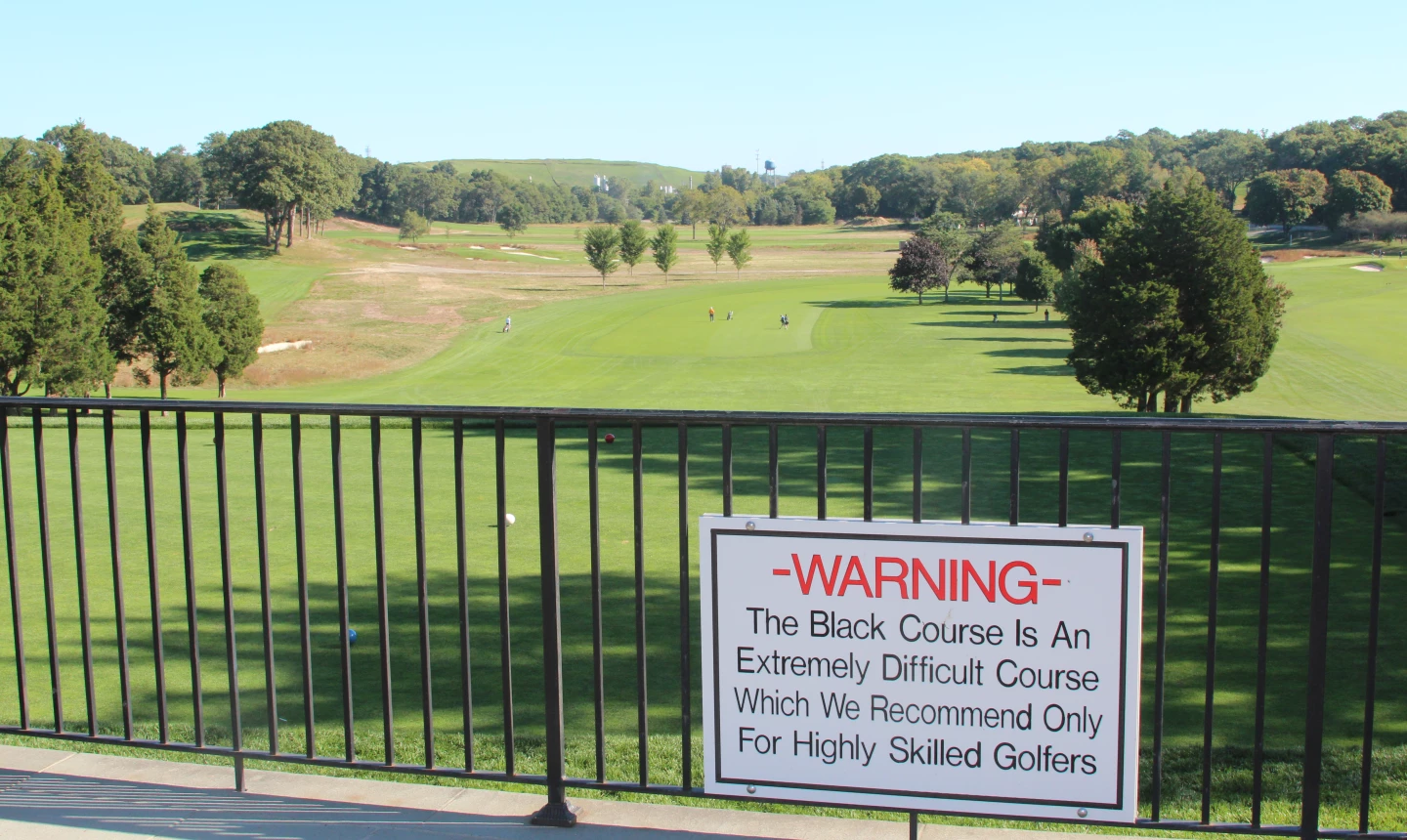
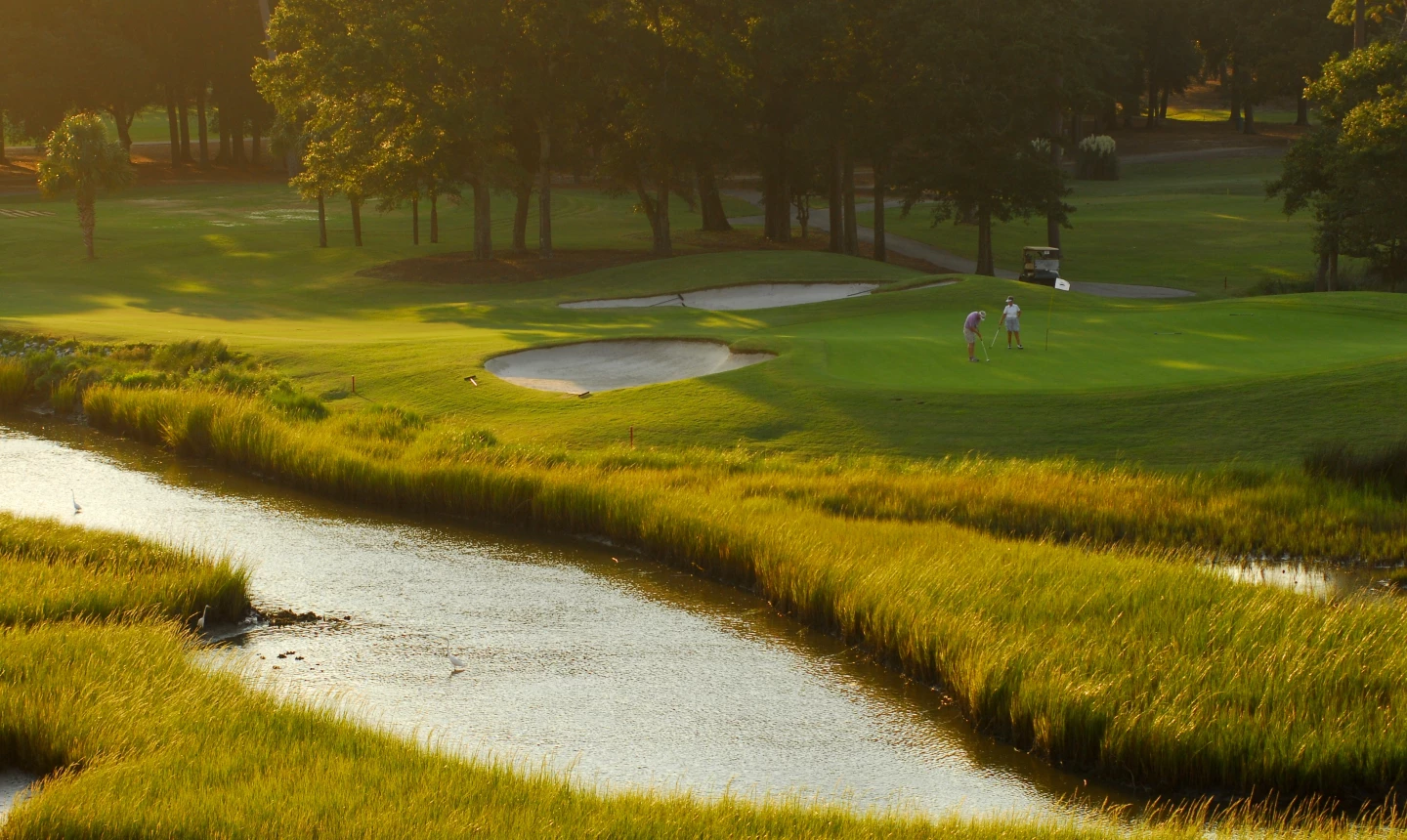

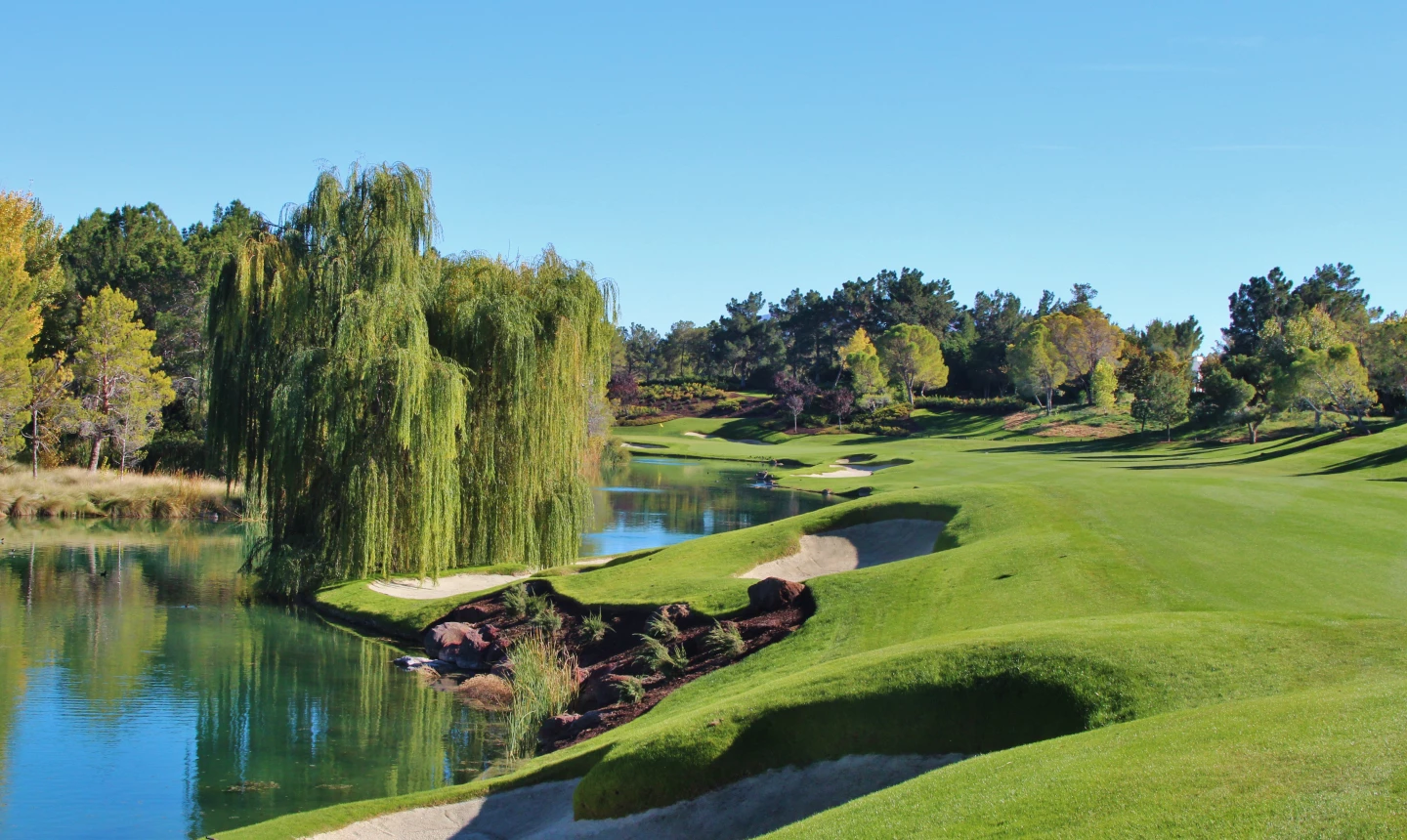
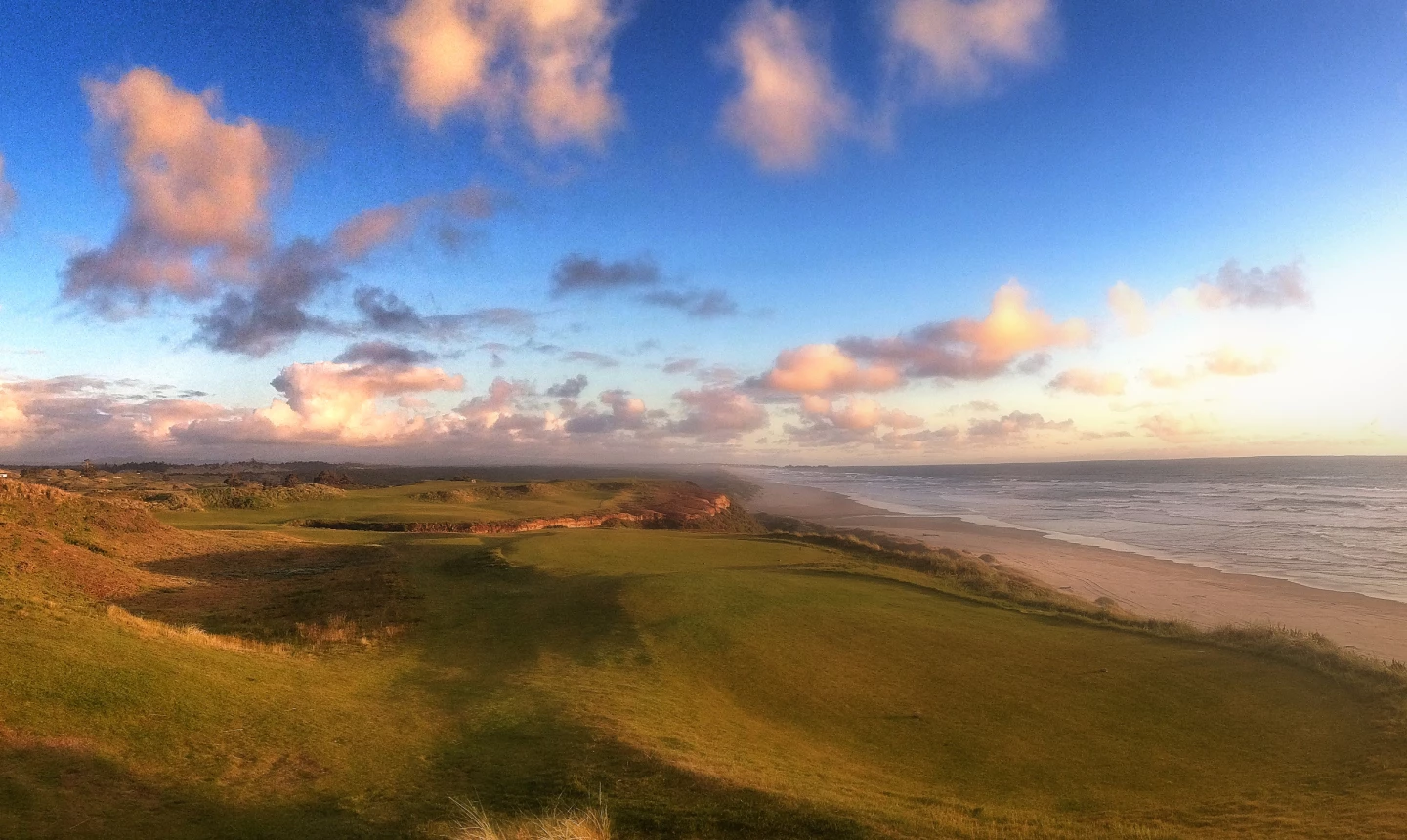




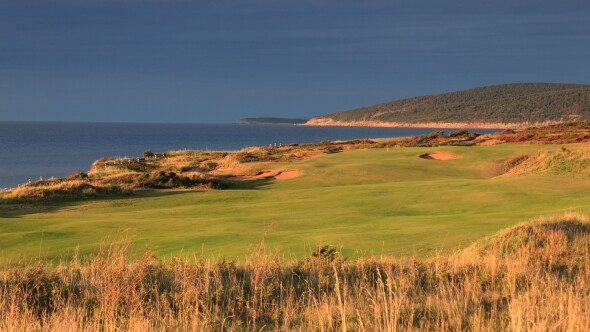
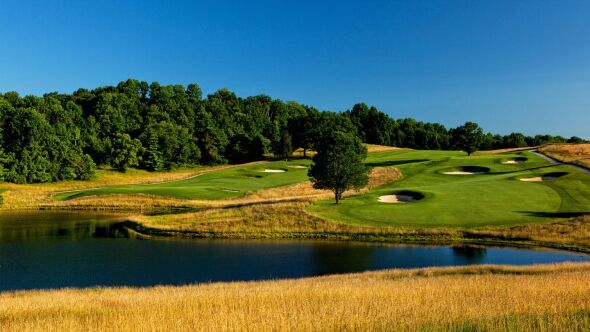


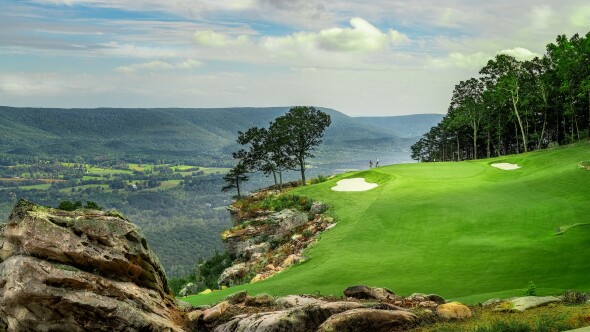




Comments (7)
No Chicago Golf?
Golf in The Carolinas stands tall as it is evident of the courses named here in this article naming Greatest Golf Course design. The great thing of these Carolina courses named can be played by the golfing public! Congratulations Carolina Golf and our CGA.
If you ever get the chance to play Tobacco Road, DO NOT hesitate. I have played many of the top courses around the country, some are tough, some are historic, some are bucket list. Tobacco Road is a mix of all of these things. Be warned, be open, the purist might not like it. The starter will ask you on the first tee box, if you know how to read the yardage book they gave you! Trust me you will need it, and you will need to know how far you hit each club. Let yourself go and embrace it and you will be in for a magical round that you will never forget.
Tobacco Road, not my favorite Strantz design but truly a golfing experience as you describe. Needs to be played more than once. I have been lucky enough to have played 7 of Mike Strantz' courses (and met him). He definately was a unique designer and architect. RIP Mike
Where is Sand Hills as the first of the new breed of post classic links ‘style’ courses?
You have to play Pine Grove Springs just east of Keene New Hampshire. It's kind of short now having been built at the turn of the century. The first hole is the Alps that is second to nun. The third green is crowned with tons of movement and is the first place that can be considered level. The seventh is a 110 degree dogleg with a massive kick slope that offers at least six options off the tee. Fazio would love the ninth hole with a kick slope to the right of the green with a drop off to left of the green of about forty feet.
Many great tracks in the USA and around the World. We are a very fortunate bunch of golfers.